Mobile eCommerce Trends 2016
It seems as though everything you hear about digital marketing recently concerns mobile. Even if you have the word mobile in your job title the odds are you are earning more than your peers. A recent survey by eConsultancy found that mobile emerges as the top paid specialism among digital marketers. With good reason too, just follow the money!
eMarketer estimates that in 2015, US consumers bought $74.93 billion worth of goods and services via mobile devices, up 32.2% over 2014 spending levels.
So it’s clear mobile purchasing is on an upward trend. In terms of traffic Ireland actually tops Europe as the most active mobile users with nearly half the share of total website visits.
The chart below illustrates our time spent shopping via different mediums.
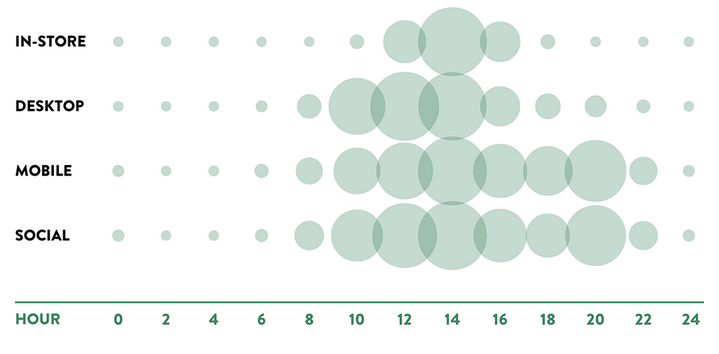
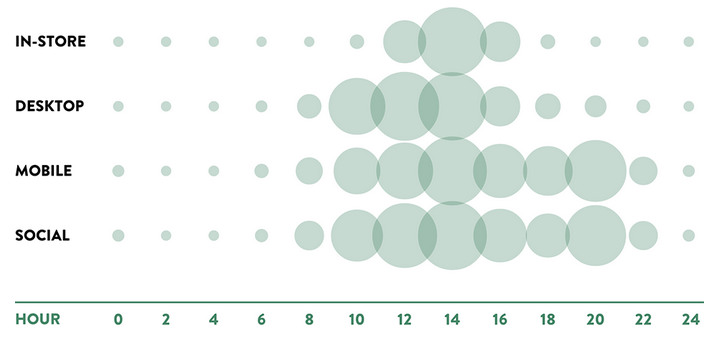 Source: Shopify, 2015
Source: Shopify, 2015
Having a mobile strategy is essential, especially if you run an eCommerce business. Here are some important trends to look out for the rest of 2016:
Customer Experience is more important than ever
Obviously smaller screen sizes have a big influence on how your eCommerce website is designed. You need to maximise the value from all real estate available. This all drills down to the experience you provide your customer.
Is the layout familiar? Is the path to purchase simple? Can consumers find products easily?
A recent study by EPiServer (chart below) details what users expect to see on an mCommerce site. If you run an online retail business, it would probably be a good idea to take note of these.
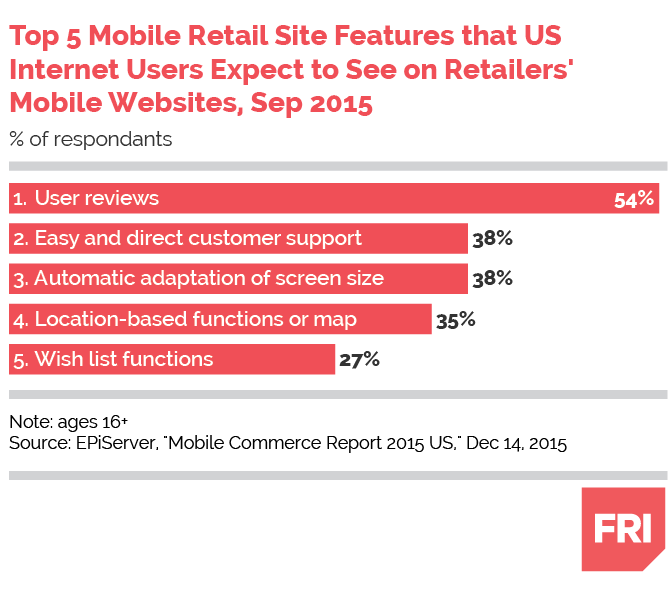
Mobile customer experience will extremely important in 2016. Google already have put a big emphasis on mobile user experience and it heavily influences mobile search rankings. Having an effective mobile UX strategy is absolutely critical.
85% of consumers will abandon basket if site too difficult to navigate according to Adobe
Social eCommerce
An interesting trend which I mentioned in my digital marketing trends post last month, is the merging of social media and eCommerce.
Facebook is currently trialing a personal assistant service through their messenger app. Which allows you to purchase goods and services through conversation. For example, you can book an Uber directly through the app.
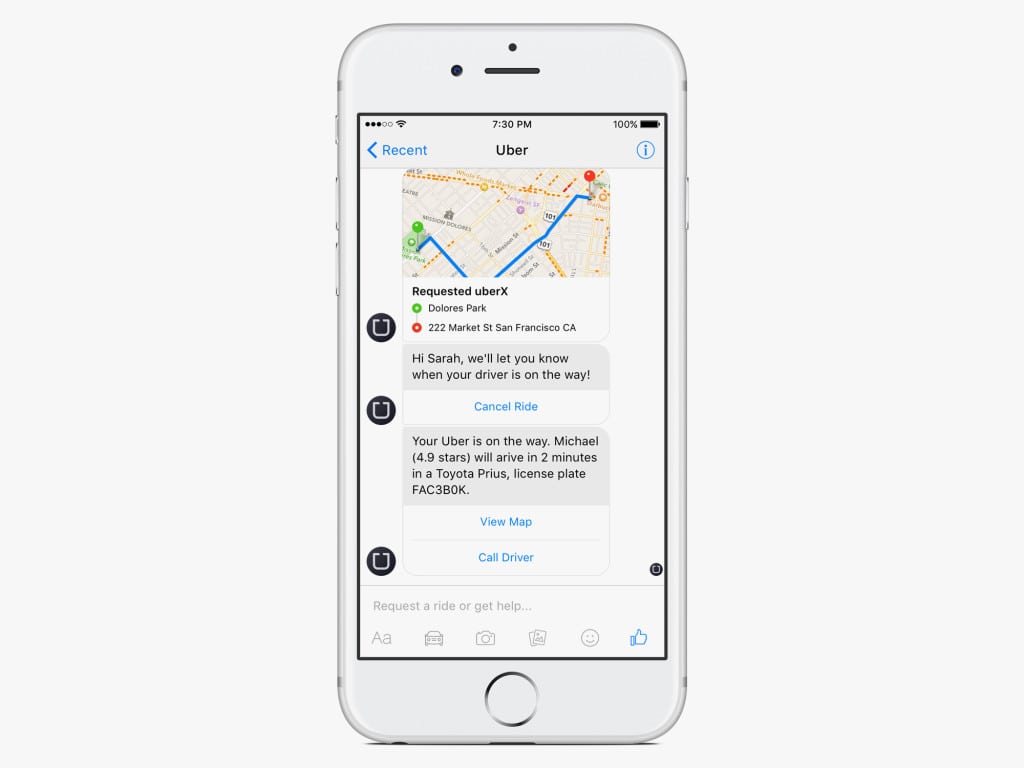
The applications of this technology are only limited by imagination. Facebook have highlighted a couple of use cases such as booking restaurants, ordering gifts for friends based on social data and making appointments.
Although only in a development phase, this could be a game changer for direct response marketing.
Social media is also an increasingly effective product discovery platform. Orders grew 202% in 2014.
Facebook dominates in terms of total orders and considering 78% of Facebook ad revenue comes from mobile you can be sure a high percentage of these orders were on mobile.
The average order value does tend to fluctuate depending on the platform, LinkedIn comes in with the highest order value (mainly due to B2B transactions).
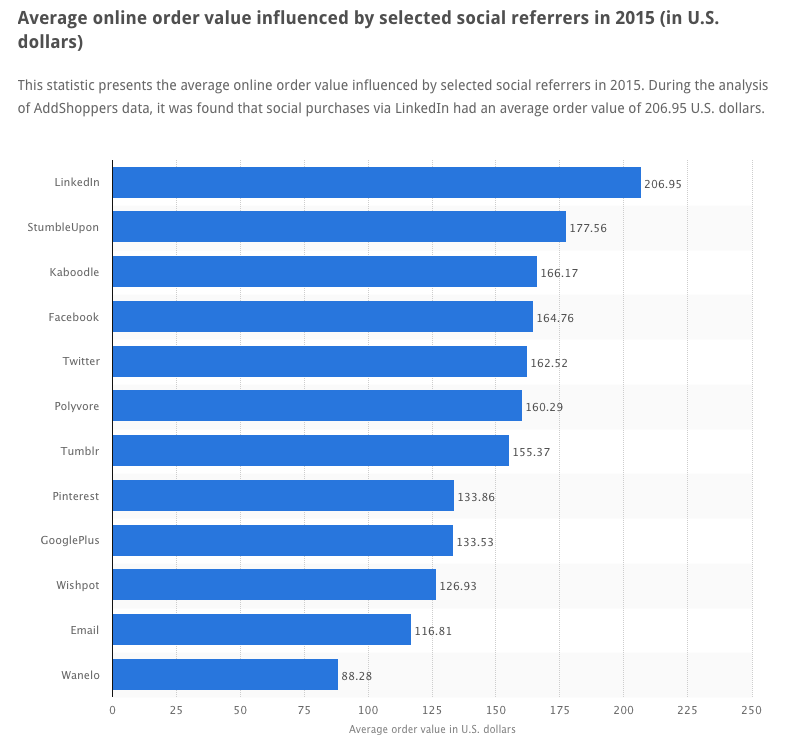 Source: Statista, 2016, healthcare market research[/caption]
Source: Statista, 2016, healthcare market research[/caption]
Mobile Payments
Although the technology for mobile payments has been around for some time consumer adoption hasn’t been widespread as you might think.
Among others, barriers such as privacy concerns, device capability and infrastructure costs have limited this adoption rate.
However, 2016 should see significant growth in as nearly 1 in 5 smartphone users are expected to use mobile payments this year (210% growth).
A number of factors are influencing this growth rate. Device capability is an obvious one. Most high-end Android phones have had NFC (wireless payment technology) for a couple of new years now but only iOS devices from the iPhone 6 onwards have this technology. The iPhone 6 has been the fastest adopted iPhone of the series, which broadens the mobile payment market.
However, the single most important factor affecting mobile payment adoption is quite a fundamental one. Incentive.
In order for e-wallets such as Apple Pay & Android Pay to be successful, the value proposition needs to be clear.
Effectively your phone is just doing the same job that your credit card already does. And with tap to pay enabled cards what’s the point on using your phone instead? Similarly, why should retailers upgrade their infrastructure to accommodate such technology?
This is where incentive and loyalty programs come in.
Starbucks in many ways are the pioneers of mobile wallets, their app which launched back in 2009, now has 10 million active monthly users. Providers are realising that customers need to be incentivised.
Android Pay has partnered with Coca-Cola to reward users paying with their smartphones on vending machines while Samsung are developing a push coupon loyalty program for their customers. Expect to more partnerships between the e-wallet providers and big retailers in 2016.
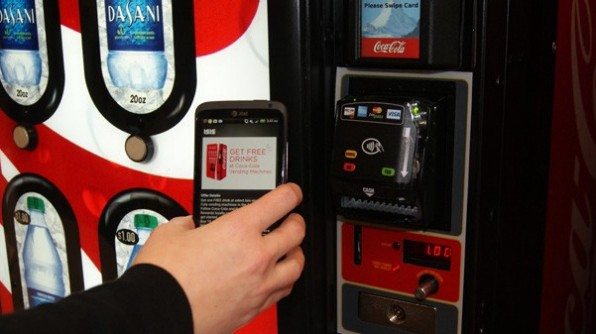 Source: Coca-Cola, 2016
Source: Coca-Cola, 2016
Conversions will stay low vs desktop
Although worldwide eCommerce traffic on mobile has seen significant growth, conversion rates remain comparatively low vs desktop. The worldwide average conversion rate for smartphones was 1.2% vs 2.8% for desktop in 2015 according to Monetate.
These figures, however, do not paint the full picture. The influence of mobile cannot be underestimated with regards to customer journeys.
A recent Deloitte study looked at the number of in-store transactions that were influenced by research on smartphones. They predict that in 2016 up to 20% of retail purchases will be influenced by mobile.
A similar effect can be observed with desktop & tablet sales, consumers tend to use mobile for product discovery and complete the purchase on desktop.
FACT — Female shoppers research products on their smartphones more than men according to Shopperstates.
Central to this is having an effective multi-channel attribution strategy. This is critical when it comes to allocating your marketing budget and resources. Attribution is grounded in data and analysis, which forms one of our 4 key areas of service.
If you would like to talk to us about mobile, attribution or anything else, don’t hesitate to get in touch.


